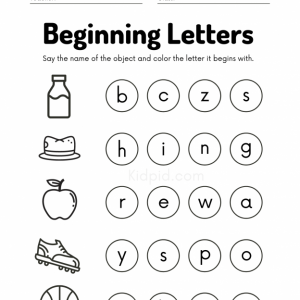Activity › Discussion › History › India after 1600s
-
India after 1600s
Posted by Iravati on June 12, 2023 at 10:37 pmWhich Indian Nawab fought the Battle of Plassey in 1757?
Nancy replied 11 months, 1 week ago 3 Members · 2 Replies -
2 Replies
-
::
World War II, which lasted from 1939 to 1945, involved numerous countries and alliances. However, the two primary adversaries were the Allied Powers and the Axis Powers.
The Allied Powers consisted of nations that opposed the aggressive expansionist policies of the Axis Powers. The major Allied countries were the United States, the United Kingdom, and the Soviet Union. The United States, led by President Franklin D. Roosevelt, initially adopted a policy of neutrality but later joined the war after the Japanese attack on Pearl Harbor in 1941. The United Kingdom, under the leadership of Prime Minister Winston Churchill, had been engaged in the war since Germany’s invasion of Poland in 1939. The Soviet Union, led by Joseph Stalin, became an Allied Power after Germany’s invasion in 1941. Other important Allied countries included Canada, Australia, China, and France.
On the other side, the Axis Powers were led primarily by Germany, Italy, and Japan. Germany, under the leadership of Adolf Hitler and the Nazi Party, sought to establish dominance over Europe. Italy, led by Benito Mussolini and the Fascist Party, aimed to recreate the Roman Empire. Japan, under Emperor Hirohito, sought to establish a Greater East Asia Co-Prosperity Sphere and expand its influence in the Pacific region.
The war began with Germany’s invasion of Poland in 1939, which prompted the Allied Powers to declare war on Germany. The conflict escalated as Germany launched a series of military campaigns, including the invasion of France and the Battle of Britain. Meanwhile, Japan conducted aggressive military actions in Asia, culminating in the attack on Pearl Harbor and subsequent invasions of Southeast Asia and the Pacific.
The war saw intense battles fought across multiple theaters, including Europe, North Africa, the Atlantic Ocean, the Pacific Ocean, and Asia. The Allied Powers worked together to coordinate their military strategies and share resources, while the Axis Powers sought to consolidate their control and advance their respective agendas.
Ultimately, the tide of the war turned in favor of the Allied Powers with significant events such as the D-Day invasion, the Soviet counteroffensive on the Eastern Front, and the island-hopping campaign in the Pacific. The Axis Powers faced major defeats, including the unconditional surrender of Germany in May 1945 and the dropping of atomic bombs on Hiroshima and Nagasaki, leading to Japan’s surrender in August 1945.
In conclusion, World War II witnessed the conflict between the Allied Powers, led by the United States, the United Kingdom, and the Soviet Union, and the Axis Powers, led by Germany, Italy, and Japan. The war resulted in significant geopolitical changes and had a profound impact on global history.
 Avoid These Mistakes in English
Avoid These Mistakes in English  Beginning Letters Foundational Worksheet
Beginning Letters Foundational Worksheet